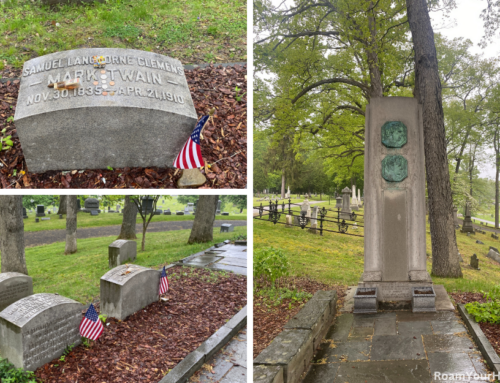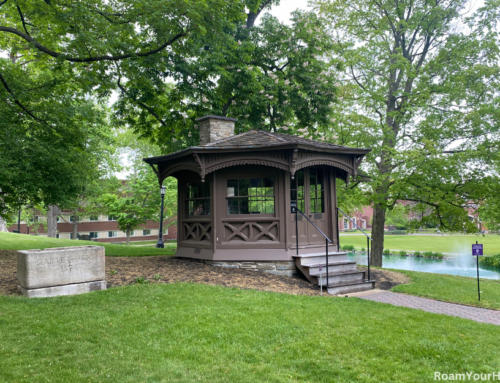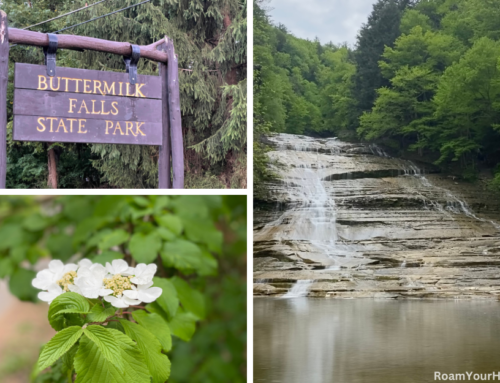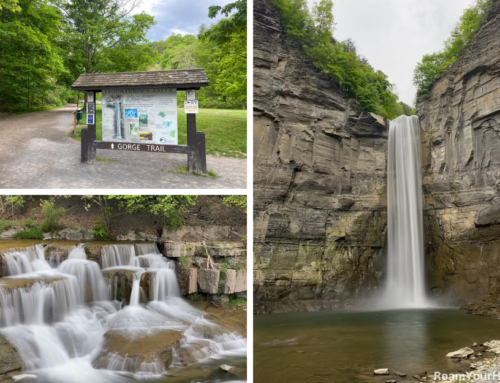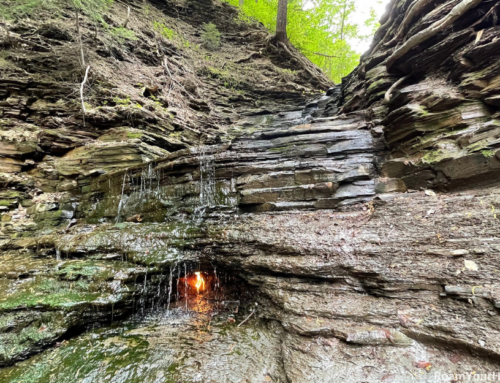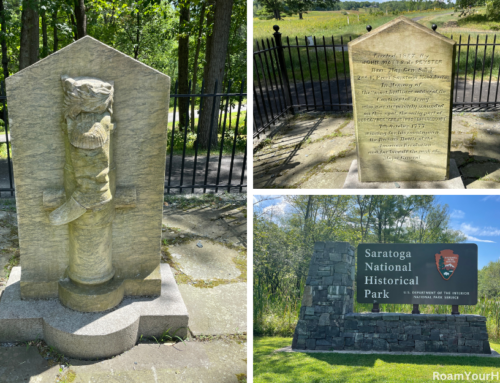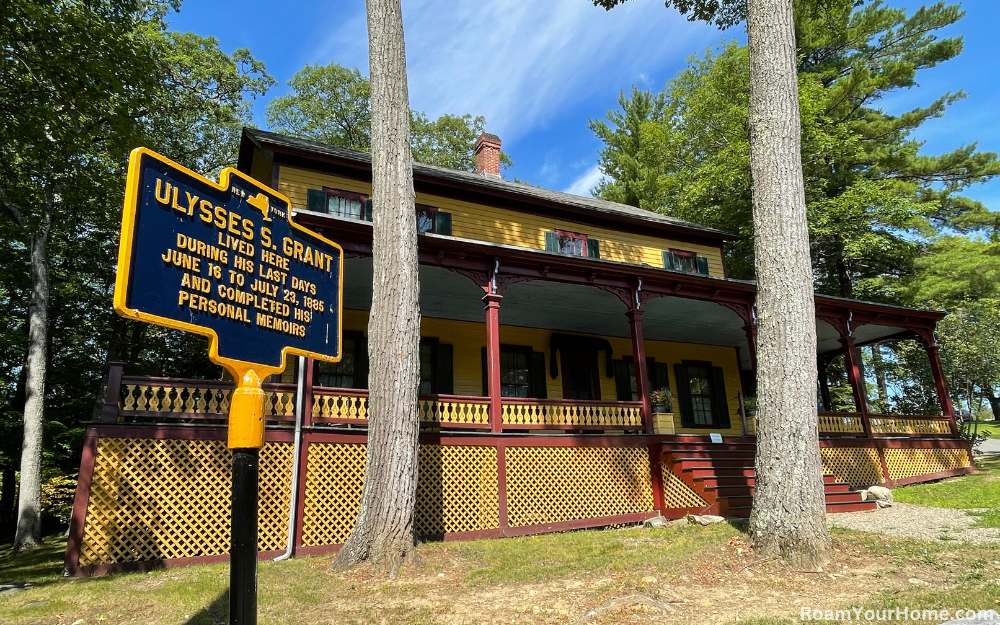
Grant Cottage State Historic Site: The last home of President Grant
Grant Cottage State Historic Site is in New York’s Adirondacks mountains near Moreau, New York. On the slopes of Mount McGregor, the site protects the home where President Ulysses S. Grant would spend the last six weeks of his life before succumbing to throat cancer. Grant’s time at the mountain cottage was short, but what he accomplished there was significant. It’s where the man who saved the Union fought his last battle.
Grant, after the war and presidency
By the mid-1880s, Grant and his family were financially strained. It was a constant worry that he would leave his beloved wife Julia and their children in debt. Grant was well known for delivering eloquent stories of his time in the Union. He often told these stories to captivated listeners whose ears clung to every word. While he enjoyed telling stories, he resisted calls to write them down in memoirs. Facing his own mortality and potential financial ruin, Grant agreed was offered a deal too good to be true by his old friend Samuel Clemons, better known as Mark Twain. Grant decided to publish his memoirs, and Twain agreed to pay a 70-percent royalty. This would provide for Julia and his children once he was gone.
Grant was in a race with time when he arrived at the mountain hamlet. The general and president was now a concerned and determined husband and father … rushing to finish his memoirs despite excruciating pain. Finishing his memoirs would be Grant’s last victory. He would pass away on July 23, 1885, just three days after concluding writing.
President Grant passes
Grant’s death hit the nation hard. He was spoken about with the same admiration as George Washington and Abraham Lincoln. President Grover Cleveland ordered a thirty-day nationwide period of mourning. More than 1.5 million people were in attendance at his funeral. His pallbearers included Union Generals William Tecumseh Sherman and Philip Sheridan and Confederate generals Simon Bolivar Buckner and Joseph E. Johnston. Grant was respected by many in the South because of his friends, not foes, attitude towards those who served the Confederacy. When Confederate officers were about to be trialed for treason, Grant threatened to resign to protect them. His support and care for ex-Confederate soldiers led to close friendships with many he fought against. One of those was John S. Mosby. Mosby was a famed Confederate cavalry commander nicknamed the “Gray Ghost.” Mosby supported Grant politically after the war and became a close friend.
“In common with most Southern Soldiers, I had very kindly feelings towards General Grant, not only on account of his magnanimous conduct at Appomattox but also for his treatment of me at the close of hostilities…If he has not thrown his shield over me in 1865, I should have been outlawed and driven into exile… on the day… a dispatch announced his death. I felt that I lost my best friend.” – John S. Mosby
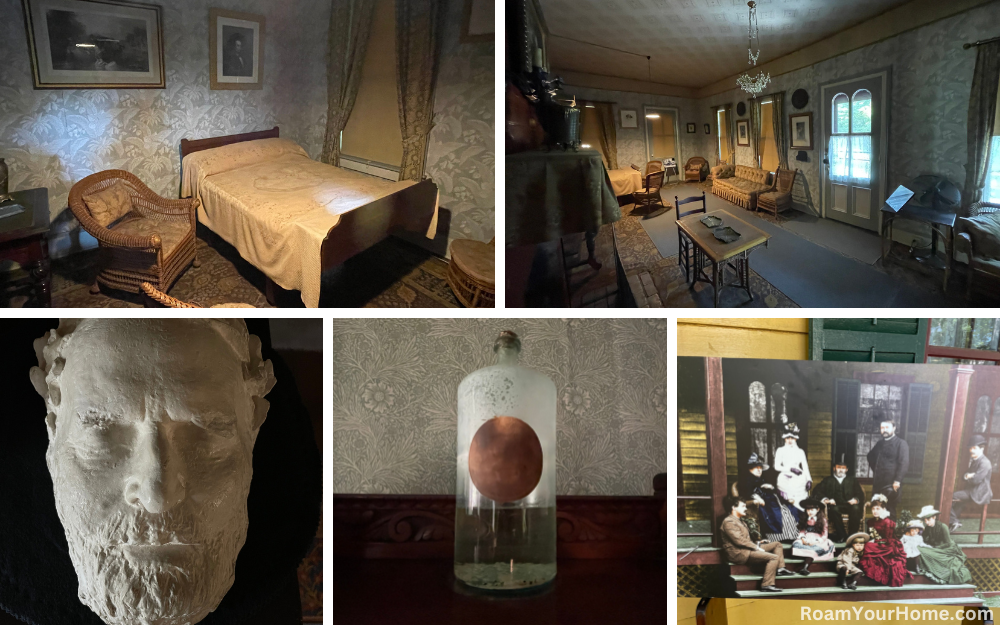
Visiting the Grant Cottage State Historic Site
Today visitors can see the home much like Grant and his family did when they lived there. The cottage has been kept for the most part to how it was on the day Grant passed in 1885. A tour ticket is required and is most certainly worth it. The guided tour tells the story of Grant’s final weeks and highlights various artifacts throughout the house. Some of those artifacts go a long way to showing the human side of Grant, such as a handwritten note requesting his son Jesse “come down in fifteen to twenty minutes and play cards” with him. There is a pen and pad used by Grant to communicate in his final days, as talking caused him too much pain.
One of the most fascinating things we found during the tour was a corked and sealed water jug. This is the jug containing the actual water Grant used to ease his throat pain. Looking closely at the bottom of the water jug, you see a white substance. That white substance is cocaine. Grant sipped the cocaine-infused water to ease his pain. Also, on tour, you will find the bed he passed away in, a death mask, family photos, and his favorite chair. Since his passing, time has stood still in the cottage. A clock on the mantle still reads 8:08 a.m., the time of his death.
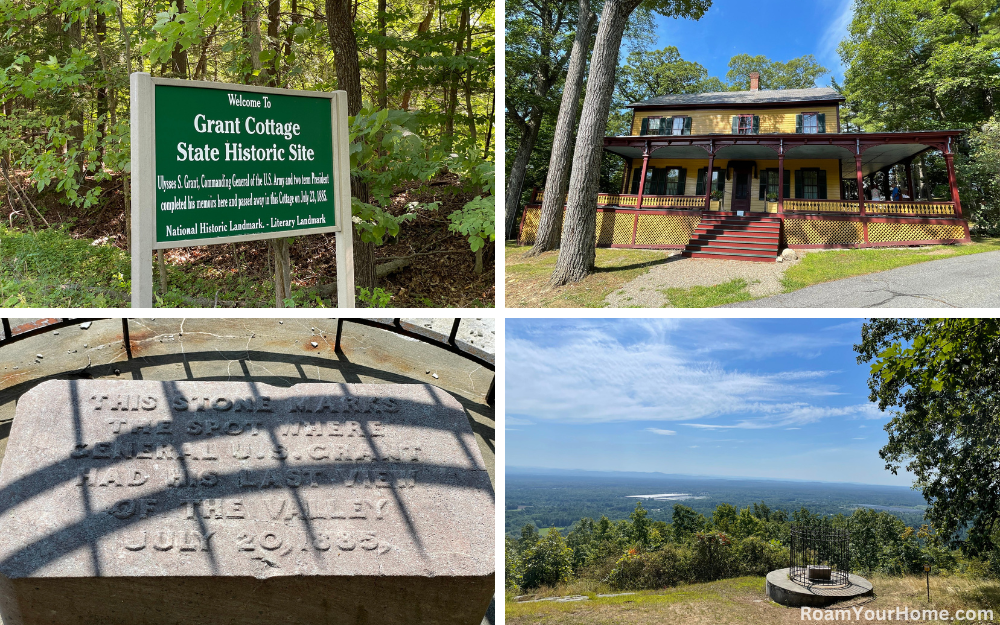
Check out the Visitor Center
The visitor center has an excellent bookstore and a variety of exhibits about Grant and his family. Make sure to plan on spending some time there. There are a lot of things to read and take in. One thing, in particular, will surely catch your attention. The General’s “Bath Wagon” is placed squarely in the exhibit room. It was used to give Grant more mobility. Grant’s valet, Harrison Terrell, would pull Grant where he desired to go around the property. Grant’s favorite place to visit was the view of the valley from the South of the property. In fact, one of the last things Grant ever wrote was a note requesting to be taken to this view. “What do you think of my taking the bath wagon and going down to overlook the south view?’
“…the view from that lookout… in connection with its historic associations, I consider that it presents the grandest scenery that I know of in America.” – Samuel Clemons (Mark Twain)
On Grant’s last day, the last word he said was “water.” He likely requested his medicine water to ease his pain. Grant was 63 at his passing.
Other Ulyssess S. Grant Historical Sites
Ohio: U.S. Grant Birthplace State Historic Park
Missouri: Ulysses Grant National Historic Site



